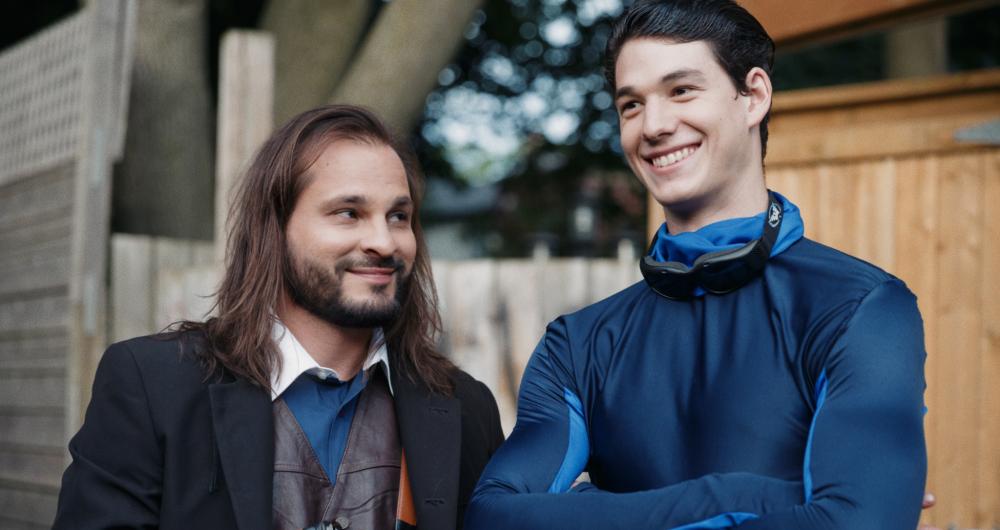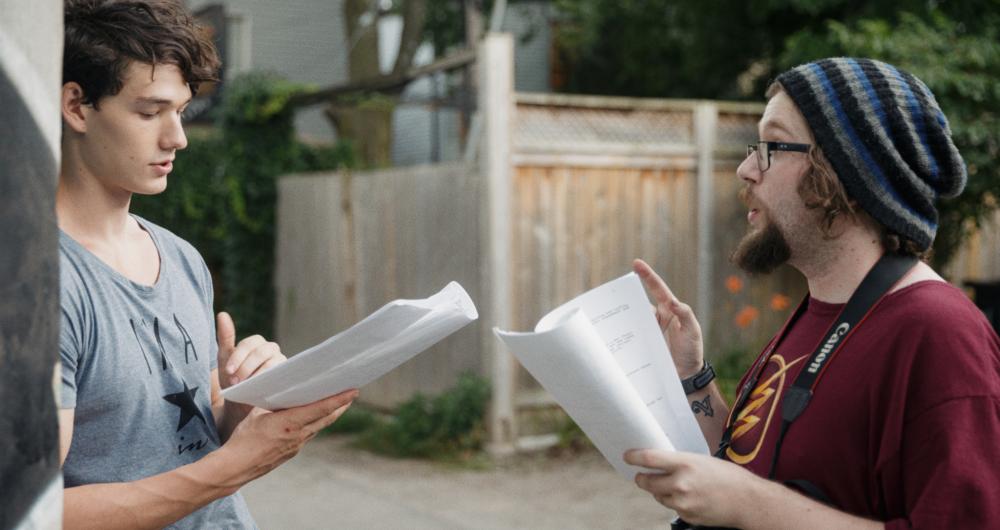
Luke Mason
Members-
Posts
306 -
Joined
-
Last visited
Content Type
Profiles
Forums
Articles
Everything posted by Luke Mason
-
I'd avoid using CFL lights, even the professional ones like Kino Flo have visible green spike, their TLCI values are mediocre. Here's an amazing database of good quality LED lights: http://indiecinemaacademy.com/complete-led-color-database-cri-tlci-cqs-tm30-15/
-
CMOS sensors love daylight balanced source, almost all digital cameras have a native sensor white balance of 5000K-5500K, they have the best colour/SNR performance under daylight. At NAB/Cinegear Pro/IBC, a lot of DOPs are saying that the future of cinema lighting will be daylight balanced LED.
-
The reality is, there will be no C-log for 1DX II, period. Only C-log has true ZERO in-camera sharpening. Rolling shutter in 4K is 25ms for 1DC, 15ms for 1DX II.
-
Without C-log: 1DX II has noisier shadow than 1DC/1DX (in Prolost flat profile) With C-log: If C-log comes to 1DX II, it will have the same DR as 1DC in C-log mode, due to 8bit M-JPEG engine, Canon Log2/3 cannot be implemented as they were designed for minimum 10bit quantisation. Therefore, the original C-log which was designed for 8bit has to be used, which has about 12 stops DR. In other words, even if its sensor had 16+ stops DR in RAW stills mode, video DR will be capped as it is governed by a 8bit gamma curve.
-
without C-log, 1DX II has more chroma noise in the shadow compared to 1DC when shooting Prolost Flat profile.
-
1DX II has worse DR than 1DX/1DC in video mode
-
One thing to note about FS700/7Q combo is that FS700 output a "unique" SGamut thats different than all other Sony cameras, especially the red primary. So colour grading FS700 material becomes a demanding job (you can't use standard SGamut to Rec709 LUTs).
-
A couple screen grabs from a BTS video shoot, 1DC 4K C-log pixel summed to 2K, graded/texture-managed/re-grained.
-
DPR is talking about RAW stills. Video DR is completely different story. See this review: Basically, 1DX II is noisier in the shadow than 1DC in video mode.
-
One advanced trick I use when grading C-log is to pull a luminance key and gently desaturate the highlight.
-
Large sensor capture is gaining momentum, quite a few blockbusters were shot on Alexa 65, that's bigger than FF, also RED Dragon were used a lot on productions.
-
I thought the whole purpose of long form recording is the ability to leave the camera unattended and focus on framing/audio etc. Now you have to remember to press a button every 30min...
-
Their high ISO performance are quite similar, A7S II has internal noise reduction that can't be completely switched off, giving an impression of "cleaner" look.
-
Someone over at Canon Rumors already did that, 30min max before liveview shuts off. If you really want continuous long recording, 1DC is the best choice (12 hours max).
-
Atomos recorders work very well for long continuous shooting, BUT 1DX II exits liveview every 30min (even when you're not recording) and cuts off HDMI signal, so the longest recording time you get is 30min on external recorder.
-
4K will almost definately be M-JPEG, since the liveview buffer is in JPEG format.
-
You can contact Movcam directly if you want to purchase the rig.
-
Can the cooling fan on X5R wake the dead?
-
Movcam makes a 1DC cage as well, it's much cheaper and it is the only one that uses the locating pin hole underneath the 1DC to eliminate twisting.
-
DR is the same at about 12 stops.
-
Nice images, what's your setup like?
-
I wish Canon would offer a major firmware update for 1DC sometime in the future, just like what they did to original 7D.
-
I did a comparison between 1DC and 1DX II a while back, turned out that 1DC has better image quality than 1DX II (lower noise, better DR)
-
You need to look at the "Screen" tab on DXO measurements, which gives 12.8 stops at lowest ISO. 13.5 is derived after downsampling full 20MP raw still to 8MP using DXO's proprietary algorithm, usually with downscaling, you gain 0.5 stop/3dB of DR in shadow region every time you half the amount of total pixels.
-
C-log has better highlight roll-off and a different, more cinematic colour science (deeper blue/cyan), plus you need C-log for integration in professional colour managed workflow, such as ACES.



